Do you have a dead hedge, habitat pile, or similar that you would like to make pretty or even more beneficial for habitat? Maybe a pile of logs from trees cut down years ago, too rotted to burn now? An ugly corner of the yard you just do not have time to deal with right now (who doesn’t)? A fence you’d like to cover up just during the summer months when it matters? A dead shrub that you’d like to utilize in some way? Do you love boneset and wish it came in a vine? Would you love boneset covering everything it can reach?
Mikania scandens is a native herbaceous perennial vine that was at one point considered Eupatorium, and shares Eupatorium scandens as one of the synonyms. The flowers look nearly identical to boneset. There are also some reports that this is a host for the Little Metalmark butterfly. This is a southeastern species that is likely making its way north (as we’ve seen other southerly insects farther north in recent years). The flowers themselves are a nectar source for butterflies and other pollinators.
This twining vine is not woody and dies back to the ground every year. That being said, it is perennial, so it will pop back up from the ground where you plant it. It’s great for a temporary green screen, but not one you need to worry about pruning back. If you’re familiar with Apios americana (ground nut) or Dioscorea villosa (wild yam), the habit of climbing boneset is similar, especially to that of the yam. It prefers to clamber over other plants and debris piles than climb trees. There is an invasive similar looking plant in the same genus (Mikania micrantha). Native plants aren’t anywhere near as aggressive as invasive species. As someone who’s battled invasive species for well over a decade, I have yet to find an aggressive native that compares. Maybe Jerusalem artichoke… and trumpet vine if the deer didn’t keep mowing it down.
Find climbing boneset in the wild
Climbing hempvine inhabits riparian and lakeside forests and thickets in eastern North America. […] [Habitats include] floodplain (river or stream floodplains), forests, shrublands or thickets. (Source)
Grow climbing boneset in your garden
I have several ways I’m adding this one to my own garden. One is to plant it all along the edge of my property so that it scrambles over the thicket of invasive plants. My neighbors have never cleared any of it out, and the ash trees dying have opened up the canopy for these other species to thrive. I’ve read that Mikania scandens may be allelopathic, this can also potentially work to keep the invasive plants from creeping back in from the neighbors. Remember, allelopathy does not affect plants that co-evolved with it. I’m hoping this will help with the battle against invasive species.
I am also planting this along the dead hedge I built from the corpses of invasive plants. The dead hedge has been fairly effective at deterring deer. They still find spots that they can stomp down and get through. Still, it’s become much more difficult for them to make their way over. Every time I see them pass through an area, I know what I need to build up next. Since the dead hedge is located in the bottomland areas of the woods where the soil remains permanently moist and mucky, climbing boneset should be happy there. They are known to grow in the woods, so the shade should be of no issue. Of course, it’ll die back in the winter, allowing me to add to the dead hedge. Come spring, it’ll have more to climb. This will add to the already massive benefit the dead hedge provides, beyond that of discouraging visits from deer.
I do recommend checking out the photos on that link, because it’s really quite a stunning vine. I would absolutely include something like this in a cottage garden. Have it climb over an antique wheelbarrow or twining through antique cast-iron furniture, as if you stumbled upon a long forgotten cottage. Without anything for it to climb, it will scramble across the ground.
Judgy Judy says…
Vines can be iffy, and some look weedy. If you plan your garden placement carefully she may look the other way. That is, until it begins to bloom, and then she may envy your garden.

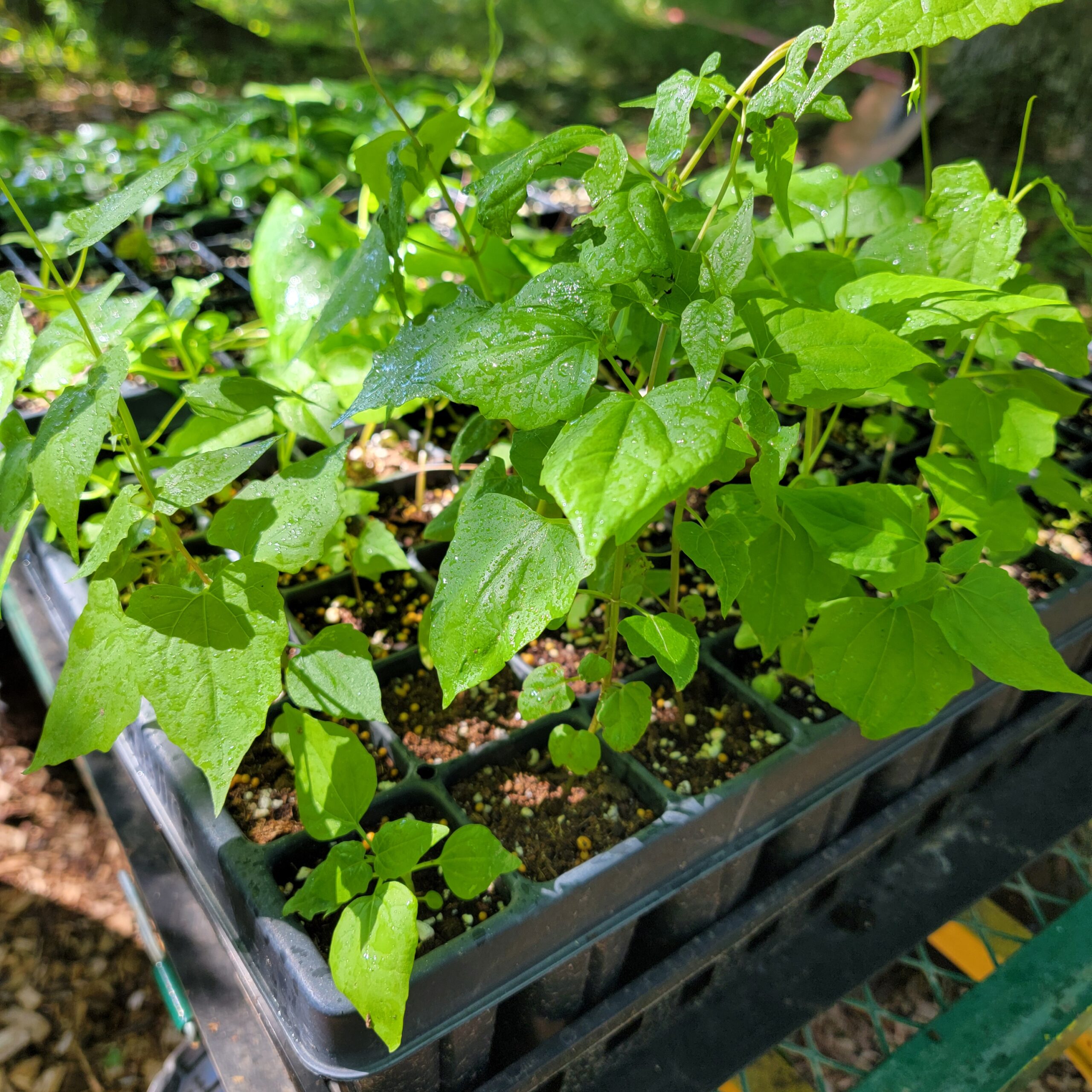
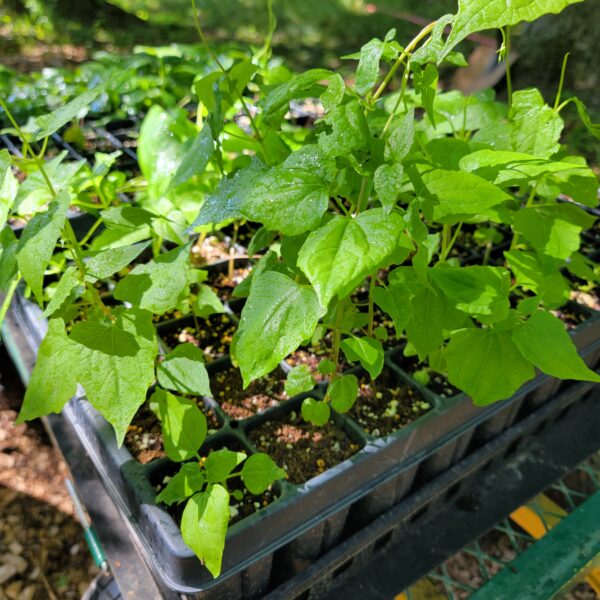
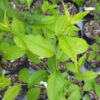


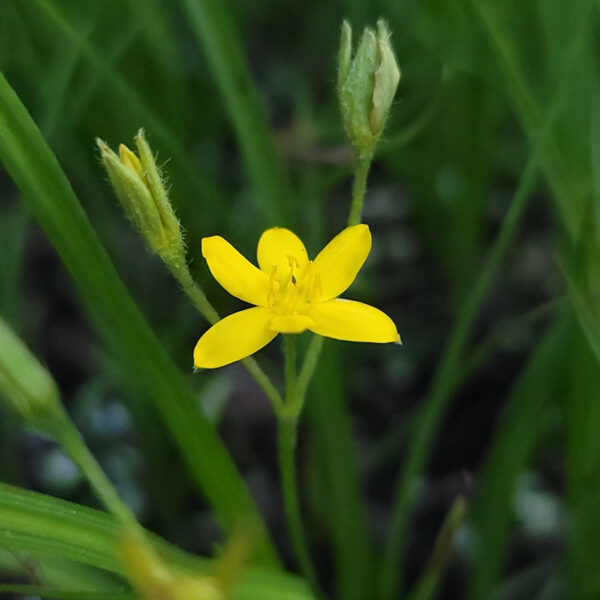
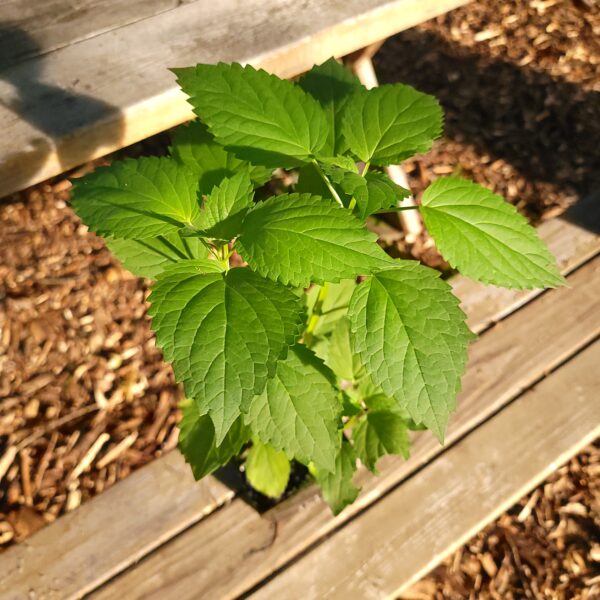

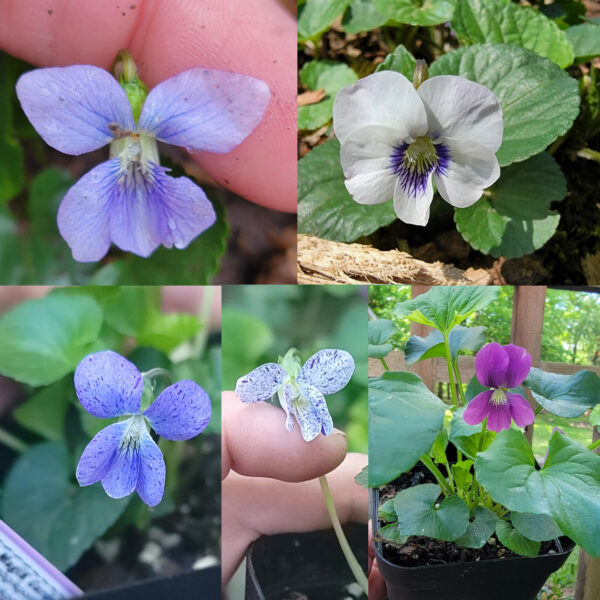



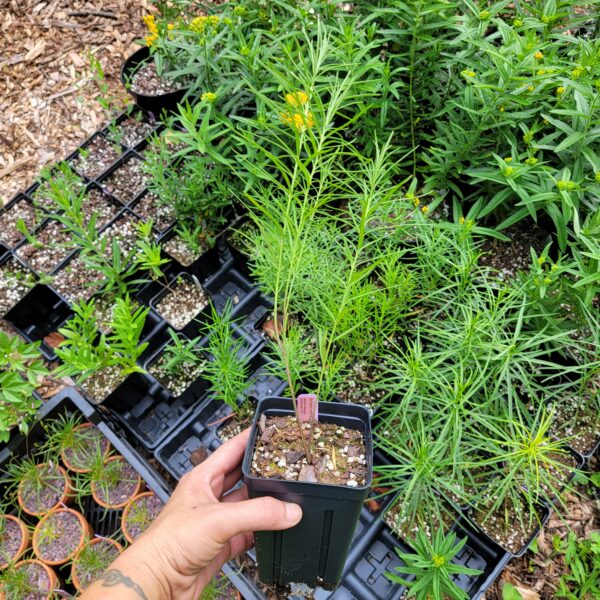


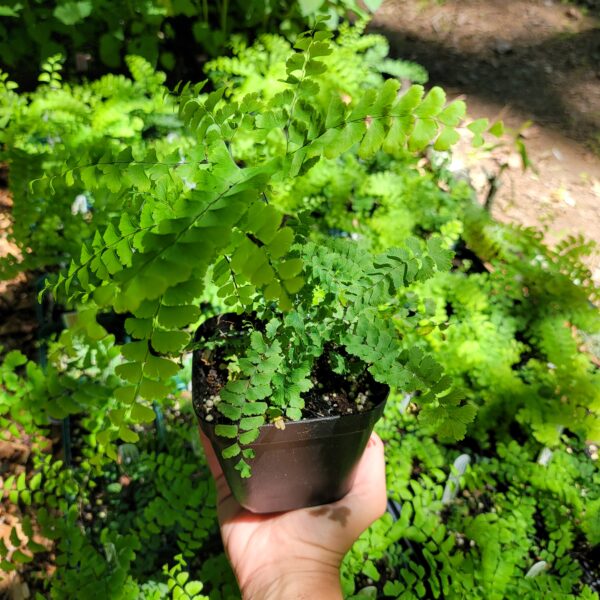



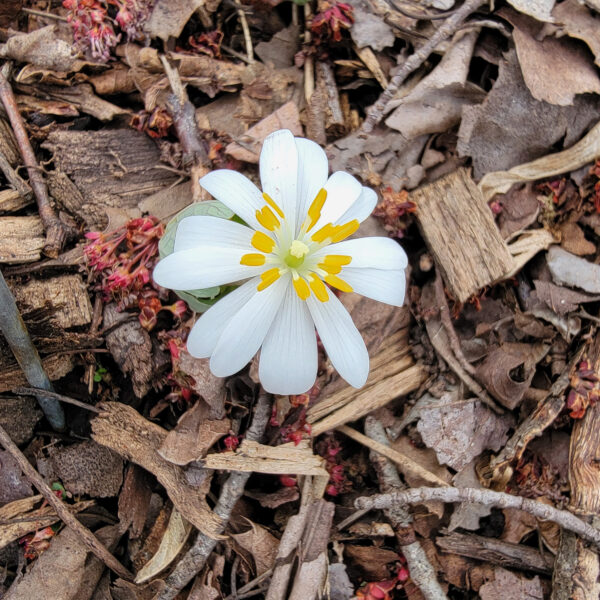
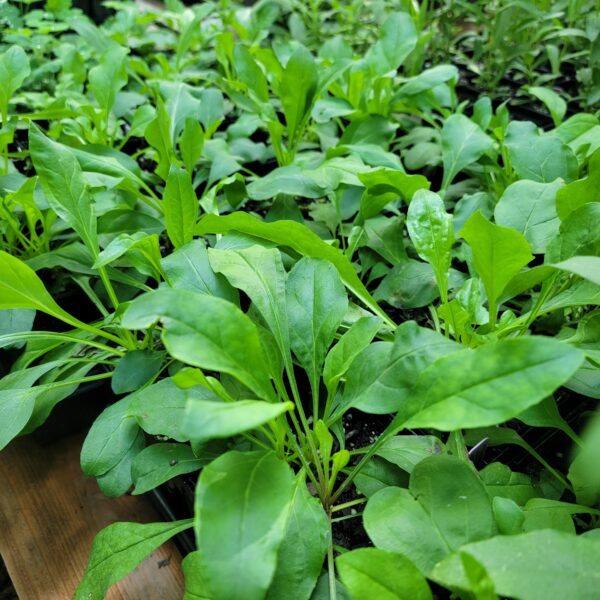



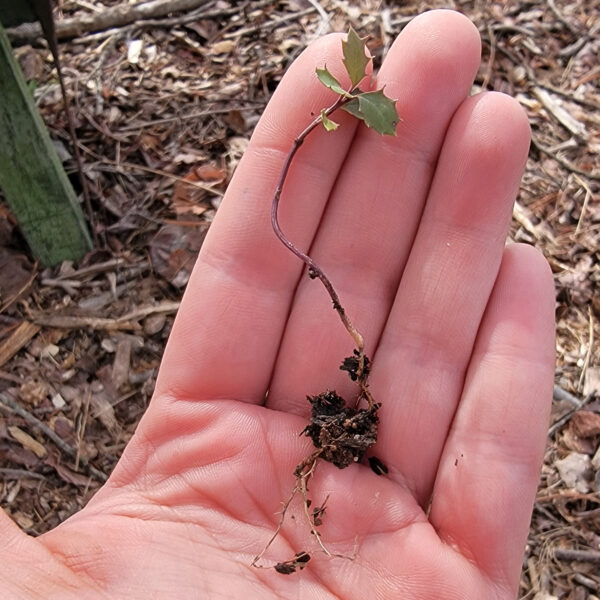
Reviews
There are no reviews yet.